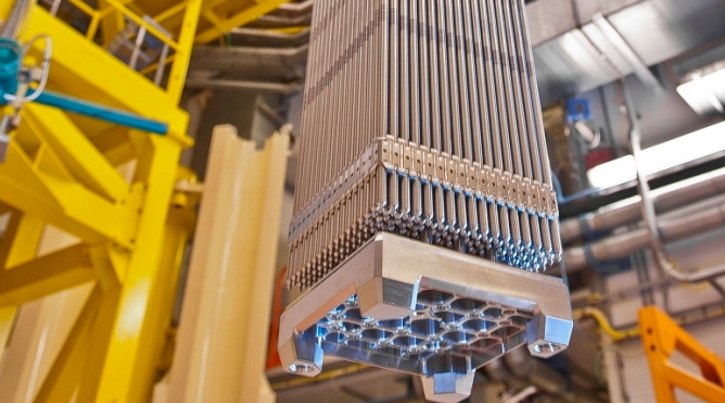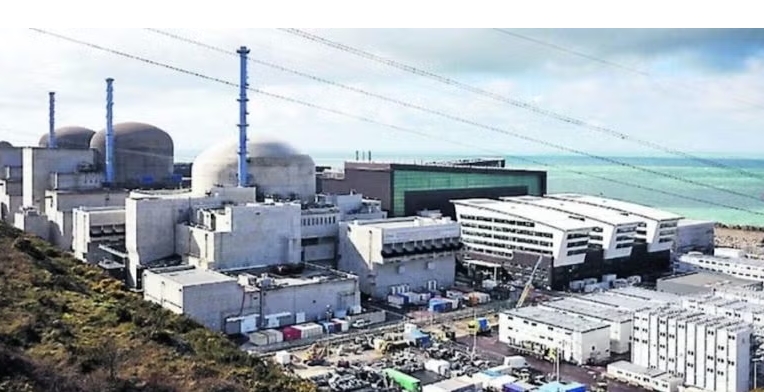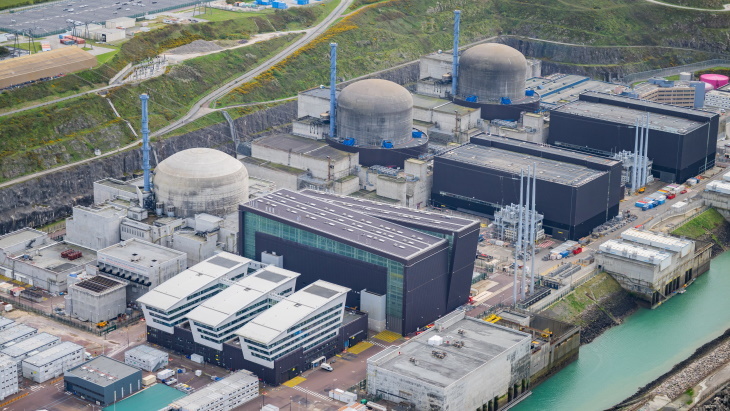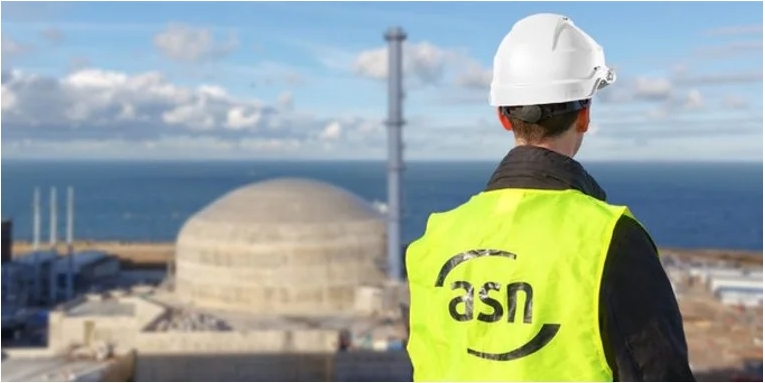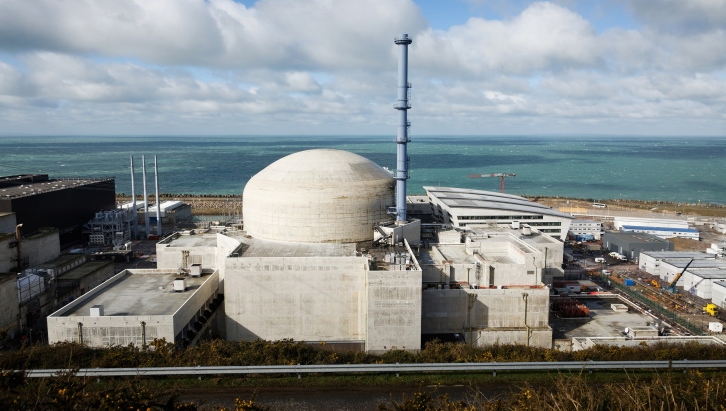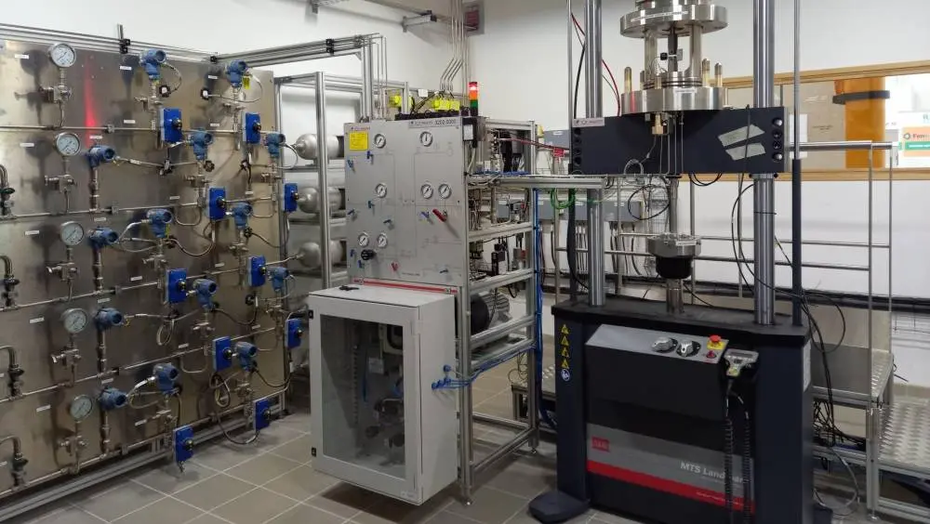
In response to the request from the Urban Community of Dunkirk (CUD), GRTgaz introduced the DHUNE project in early September to the Technical Association for Energy Transition (AETE). This initiative marks a significant step towards building infrastructure for low-carbon hydrogen, with a planned initial section of the H2 transport network scheduled to commence in 2027. This section will have a transport capacity of 20 GWh/day, equivalent to 1 GW of electrolysis power that could be connected.
Unlike other projects that convert existing pipelines, DHUNE will feature a newly installed network designed to accommodate the unique properties of hydrogen. Hydrogen's small molecular size poses challenges such as easier diffusion and potential weakening of metals. To address these issues, GRTgaz's research center, FenHYx, launched in 2021 in partnership with the Research and Innovation Center for Energy (RICE), focuses on testing and understanding the impact of hydrogen on materials. The center, located in Alfortville (Val-de-Marne), specializes in studying the mechanical resistance of steels, corrosion phenomena, and metal aging when exposed to hydrogen.
Since January 2024, GRTgaz has been engaged in preliminary engineering studies in Dunkirk. These 18-month studies aim to finalize the project's technical design and thoroughly evaluate all aspects, including routing, technical constraints, and regulatory and environmental considerations. A final investment decision is anticipated by the end of 2025, with the goal of the network becoming operational by 2027.
Plans are in place for the DHUNE network to expand beyond 2030, potentially connecting with Belgium and extending to 50 kilometers within France. This expansion would link three major North Sea industrial ports: Dunkirk, Ghent, and Antwerp. In mid-October 2024, GRTgaz, in collaboration with the Belgian transmission system operator Fluxys, issued a call for expressions of interest to confirm the economic viability of this interconnection.
This ambitious project is part of the broader European Hydrogen Backbone initiative, which aims to establish a 39,700-kilometer network linking 21 European countries by 2040.
